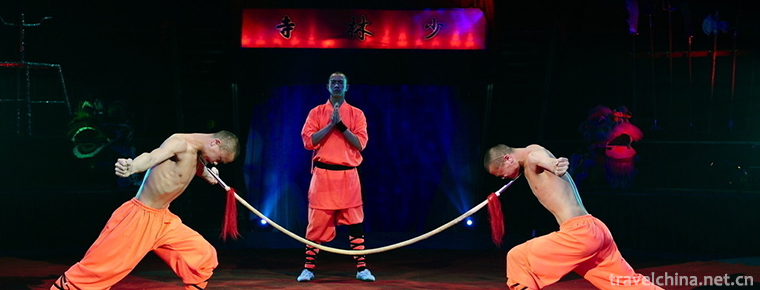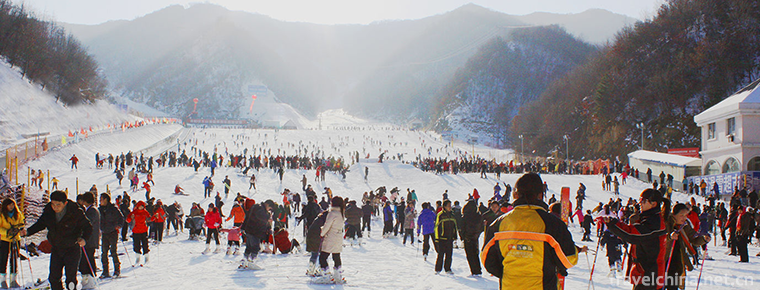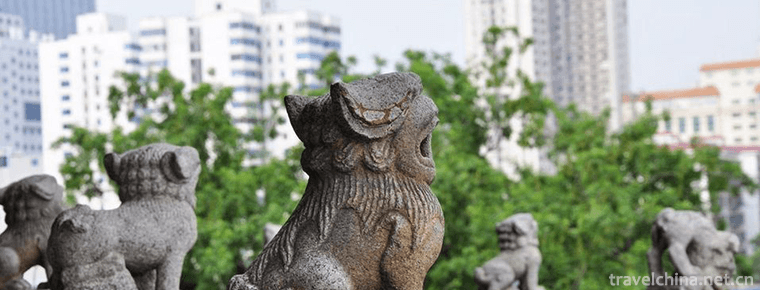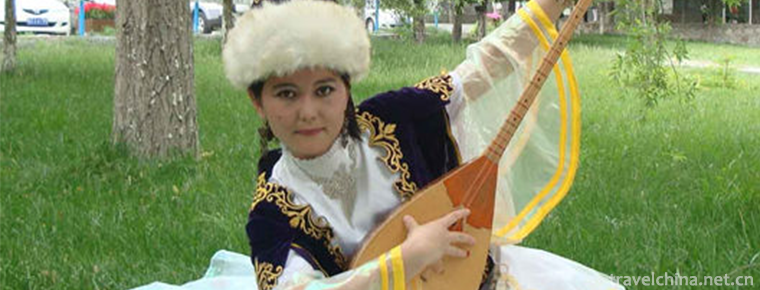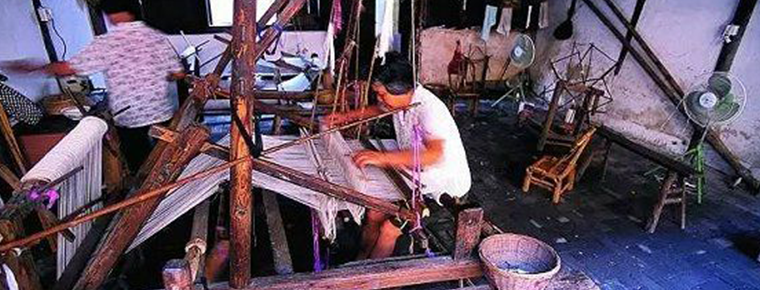Ewenke to seize the pivot
Ewenke to seize the pivot
Pivot-snatching is a traditional competitive event of Ewenki nationality. It was performed by the representative team of Inner Mongolia Autonomous Region in the 6th National Minority Traditional Sports Meeting. For thousands of years, the Lele Car has been carrying Ewenki people. It has drawn a long life rut in the vast grassland with clear breeze in Biye. Later, the wheels and axle pins of the Lele car became a unique sport item of the Ewenki people, that is, the competition equipment of the "snatch pivot" sport. After long-term development, this folk sport has been endowed with new connotations and has become a national sport with certain ideological, educational, entertaining and ornamental characteristics. There are three kinds of sports: men's team, women's team and men's and women's mixed team. The old competition venues are dominated by lawns. The newly designed ground plan is like an eagle spreading its wings. The head of the venue is like a star, and the tail is like a full moon. There are more than five players on both sides. In the race, the "pivot" is buried in the designated place first. Whoever finds the "pivot" first, the two sides will shout "pivot", and then start a fierce competition. Finally, the "pivot" wins by winning the "pivot" and knocking the "pivot" on the wheels of the terminal.
In June 2008, the Ewenki Hub declared by the Ewenki Autonomous Banner of Inner Mongolia Autonomous Region was listed in the second batch of national intangible cultural heritage list with the approval of the State Council.
historical origin
Old man Hasenqige tells us an old and wise story: there is an old man named Zara in Ewenki. During a trip, his family lost the pivot of the leader's car, which made many cars behind him unable to move. In a hurry, the experienced elder Zara summoned his two sons and ordered them to take a team with each other and return to find the pivot along the original way. Whoever team found the pivot and repaired the car would be rewarded. Soon the second son found his pivot. Hearing the news that Hu found, the big brother, who was big and tall, competed with his younger brother for a pivot in order to make his mark, so the two sides launched a fierce fight for the pivot. Eventually, the hub was seized by his powerful and responsive brother. The head car was repaired quickly and the migration team arrived at its destination smoothly. In order to commemorate the old man Zara, later generations gradually evolved the story of "snatching pivots" into a popular folk sport of the Ewenki people.
Folk activities
Hub-snatching is a traditional sport handed down from the ancient nomadic life of the Ewenki people. It is a folk sport in which people of different ages fight in different ways. In 1995, the teachers and students of Ewenki Ethnic Middle School excavated and sorted out. After standardizing rules, uniforming clothes and formulating competition and competition procedures, the Ewenki ethnic sports project with its own characteristics was finally restored.
The playing field of the pivot-grabbing competition is eagle-shaped, with 7 to 5 people on each side, attacking unilaterally and playing close to rugby. But in the confrontation, Mongolian-style wrestling is integrated. The pivot can only be passed by hand and can not throw or kick. Moreover, the pivot is randomly hidden in several pits. The attacking side breaks through the defense to find and touch the "pivot" for points.
Inheritance status
On June 11, 2009, the Ministry of Culture published a list of the third batch of inheritors of intangible cultural heritage. Hussein, the successor of Ewenki's "pivot-snatching" was selected.
Hassenqige is the president of Ewenki Research Association of Ewenki Autonomous Banner. In 1997, she and the comrades of the Institute began to organize, collect, excavate and develop the "pivot-grabbing" movement. Our group met her at the old man's home. Old Hussein Qige, dressed in national costume, holds a model of a Leler car in one hand, and holds materials for the declaration of intangible cultural heritage in the other hand, telling us all about "snatching the pivot".
"Pivot snatching" (Ewenki language "Pivot physical fitness") is an ancient folk traditional sport game handed down from Ewenki people's fight with nature, which has a history of thousands of years. The word "pivot" in "snatch pivot" means "pin" in Ewenki. It refers to the wooden pin used by nomadic people to fix the wheels on the axle of a leler and prevent the wheels from falling off from the axle. "Physical fitness" means "snatching" in Ewenki, so Ewenki is called "snatching pivot" as "pivotal physical fitness".
After thousands of years, in the era of scarcity of materials, the game of "snatching pivots" has accompanied many Ewenki people through unforgettable childhood. According to Hussein Qige, because "snatching pivots" gathers many skills in the daily nomadic and hunting process, it is not only loved by the Ewenki people, but also accepted by the Mongolian, Daur and Oroqen brothers.
Since 1997, the comrades of Hussein Qige and Ewenki Research Association have held many training courses on "Pivot-snatching" games, and actively promoted this sport on Ewenki grassland. In the process of continuous excavation and sorting out, gradually formed a competitive sport with fixed competition venues, equipment, competition methods and rules, which integrates many skills of Ewenki people in the daily nomadic hunting process. Now, the "Pivot-snatching" movement has blossomed all over the Ewenki grassland, and has been included in all primary and secondary physical education classes, and has won prizes in the National Games and the National Games of Inner Mongolia Autonomous Region.
In Ewenke Middle School, because of the summer vacation, we did not see the students rushing to "snatch the pivot" on the playground, but in the school's exhibition room, a picture of snatching the pivot training in physical education class, a glittering number of honorary trophies, let us really feel the popularity of this national sports event in the area. According to Hassen Qige, not only are schools carrying out the "pivot-grabbing" campaign, but also Sumu and towns in the banner have their own pivot-grabbing teams. Every year, the "Sebin Festival" will have a formal competition.
"Nowadays,'snatching pivots'has been well promoted in our local area, but it is not enough at the autonomous region and national level. After retirement, I will continue to work for the development of the civil "pivot-grabbing" movement. Hussein Qige spoke with great emphasis.

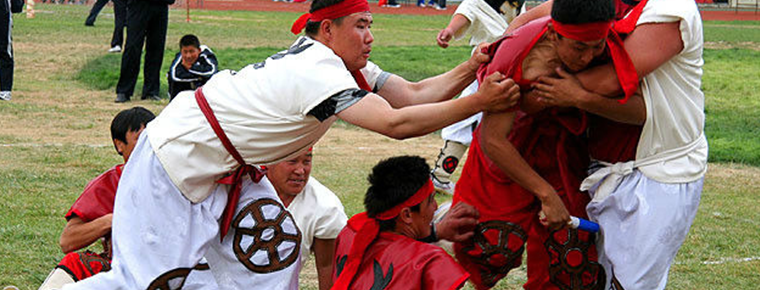
-
qikongqigong
Qigong (qigong) is a traditional Chinese method of health care, health preservation and disease elimination. Ancient or "Dandao" is a kind of physical .
Views: 104 Time 2018-11-13 -
Funiu Mountain Skiing Resort
Located on the north slope of the old boundary ridge of Funiu Mountain in Luanchuan County, Luoyang Funiu Mountain Skiing Resort has the highest elevation of 2200 meters and an elevation of 1700 meter.
Views: 133 Time 2018-12-22 -
Chaohu Lake Scenic Area
Located in the middle of Anhui Province, Chaohu Lake is located in Hefei, Lianhuai Tongjiang River, 55 kilometers east-west, 22 kilometers South-North wide. Its perennial water area is about 760 squar.
Views: 183 Time 2019-01-05 -
Chaoyang Park Beijing Sun Park
Chaoyang Park in Beijing is a comprehensive and multi-functional cultural recreation and entertainment park with gardening as the main part. It is the largest city park within the Fourth Ring Road in .
Views: 118 Time 2019-01-05 -
Tianxin Pavilion
Tianxin Pavilion is located in the southeast corner of Changsha City, Hunan Province. It is a tower on the ancient city wall of Changsha where Chengnan Road meets Tianxin Road..
Views: 118 Time 2019-02-22 -
Kazakhstan 62 Kwohner
Kazakhstan 62 Kwohner 62 Kwohner is Kazakh folk classical music, which means "62 suites". It is a comprehensive art mainly composed of instrumental music, accompanied by folk songs, dances,.
Views: 207 Time 2019-05-02 -
The technical skill of penjing
Bonsai art refers to the Soviet bonsai art, which originated in the Tang Dynasty, flourished in the Ming Dynasty, matured in the Qing Dynasty, and developed in modern times. Since the 1980s, Suzhou Bo.
Views: 236 Time 2019-06-09 -
Wunijing Handmade Cotton Textile Technology
Wunijing handmade cotton textile technology has a very long history in China. Cotton and hemp textiles first appeared in the Neolithic Age. The handmade cotton textile technology in the Tang Dynasty w.
Views: 149 Time 2019-06-29 -
Double Ninth Festival chong yang jie
The Double Ninth Festival refers to the ninth day of September in the lunar calendar every year. It is a traditional Chinese folk festival. In the Book of Changes, "Nine" is defined as the n.
Views: 188 Time 2019-08-10 -
Firing Techniques of Zibo Ceramics
During the Wei, Jin, Southern and Northern Dynasties, Zibo began to produce porcelain. During the Tang and Song Dynasties, the technology of making porcelain was constantly improving. During the Ming .
Views: 196 Time 2019-08-16 -
Introduction to Chinese embroidery
Embroidery, known as needle embroidery in ancient times, is a kind of technology that uses embroidery needle to guide color thread, embroiders the designed patterns on textiles, and forms patterns with embroidery traces. In ancient times, it was called "Juju" and "pinju"..
Views: 101 Time 2020-12-12 -
Leshans first industry
In 2019, the sown area of crops in Leshan City is 344100 hectares, an increase of 3318 hectares over the previous year. Grain planting area was 217800 hectares, an increase of 122 hectares over the previous year; oil planting area was 46500 hectares.
Views: 319 Time 2020-12-17
